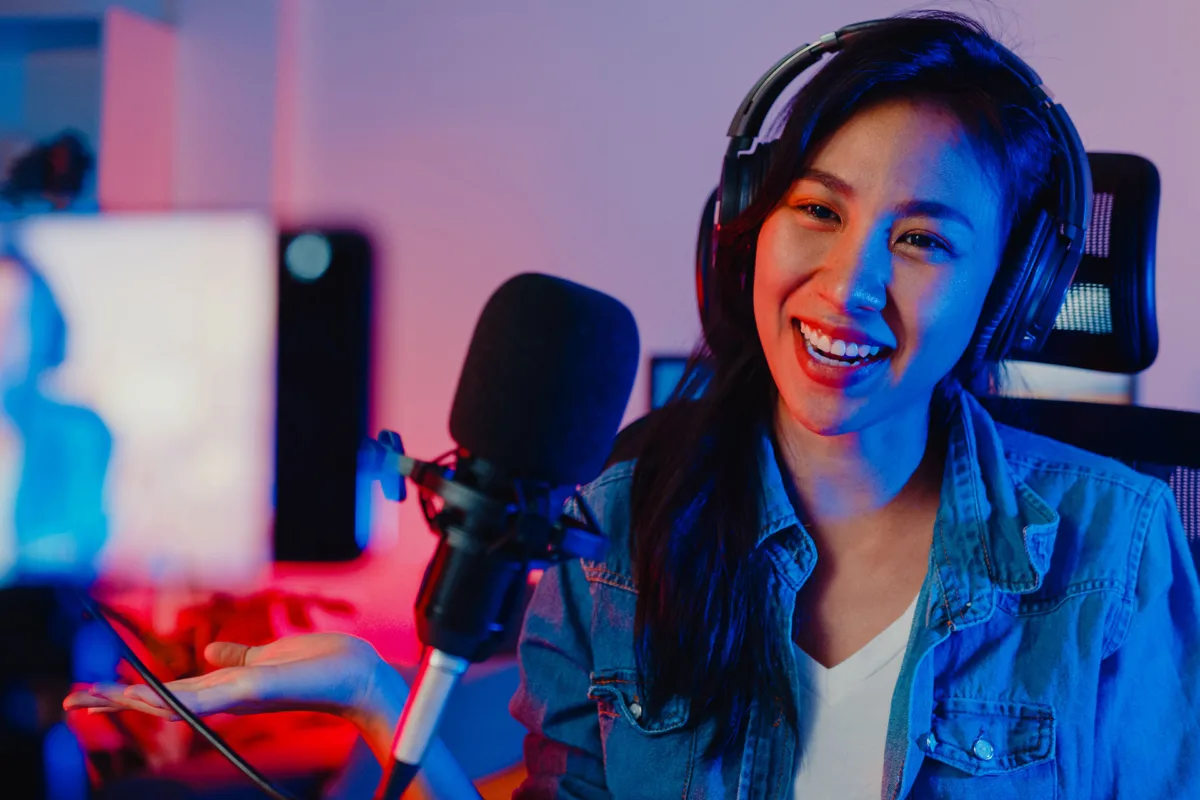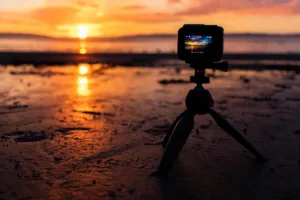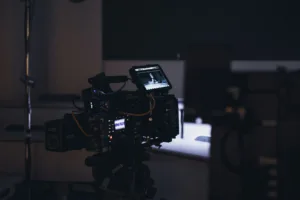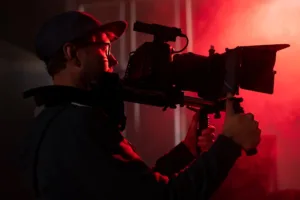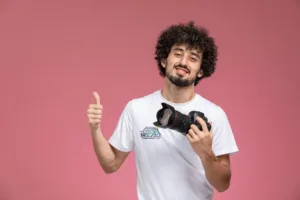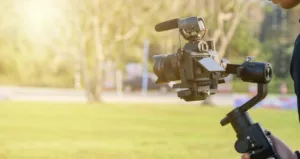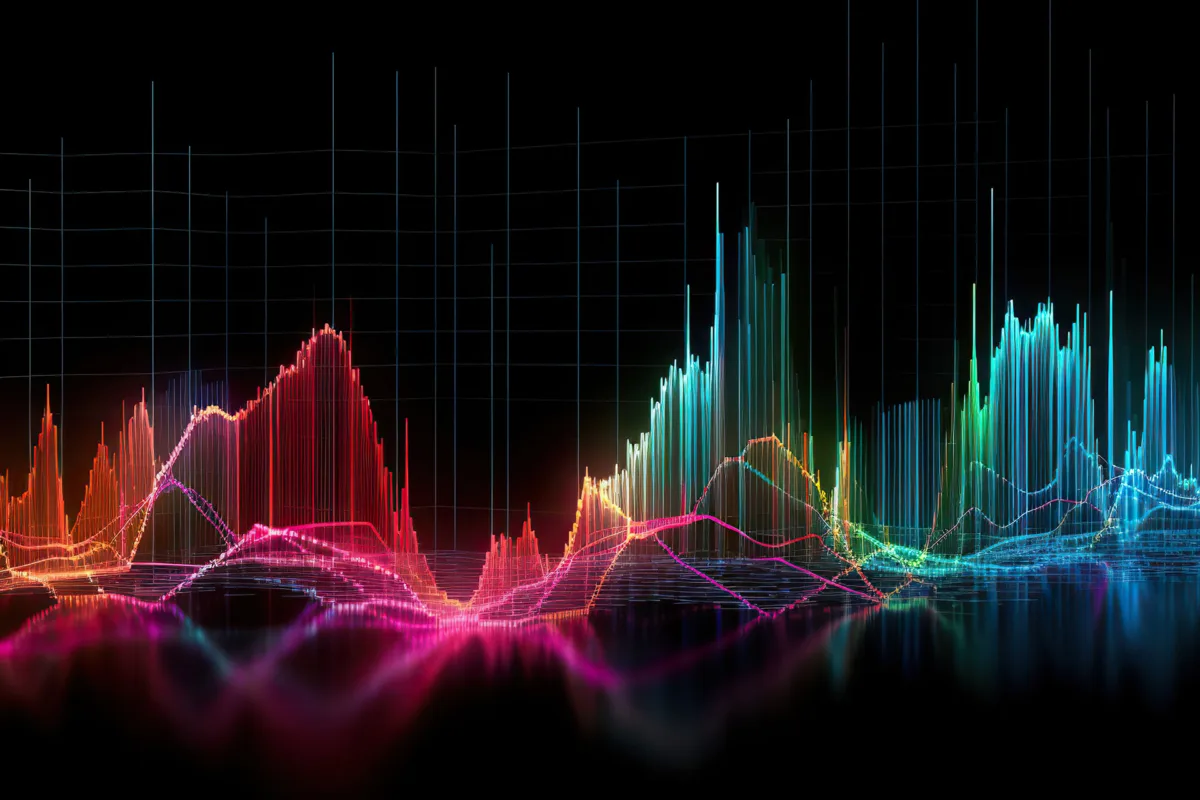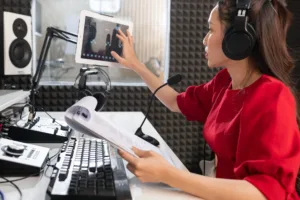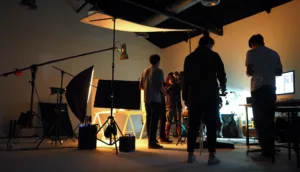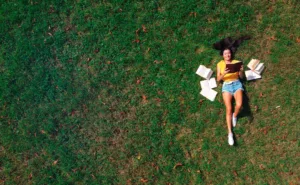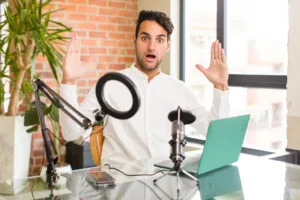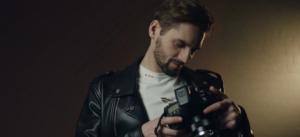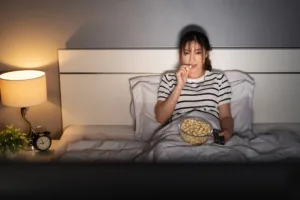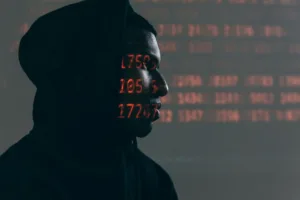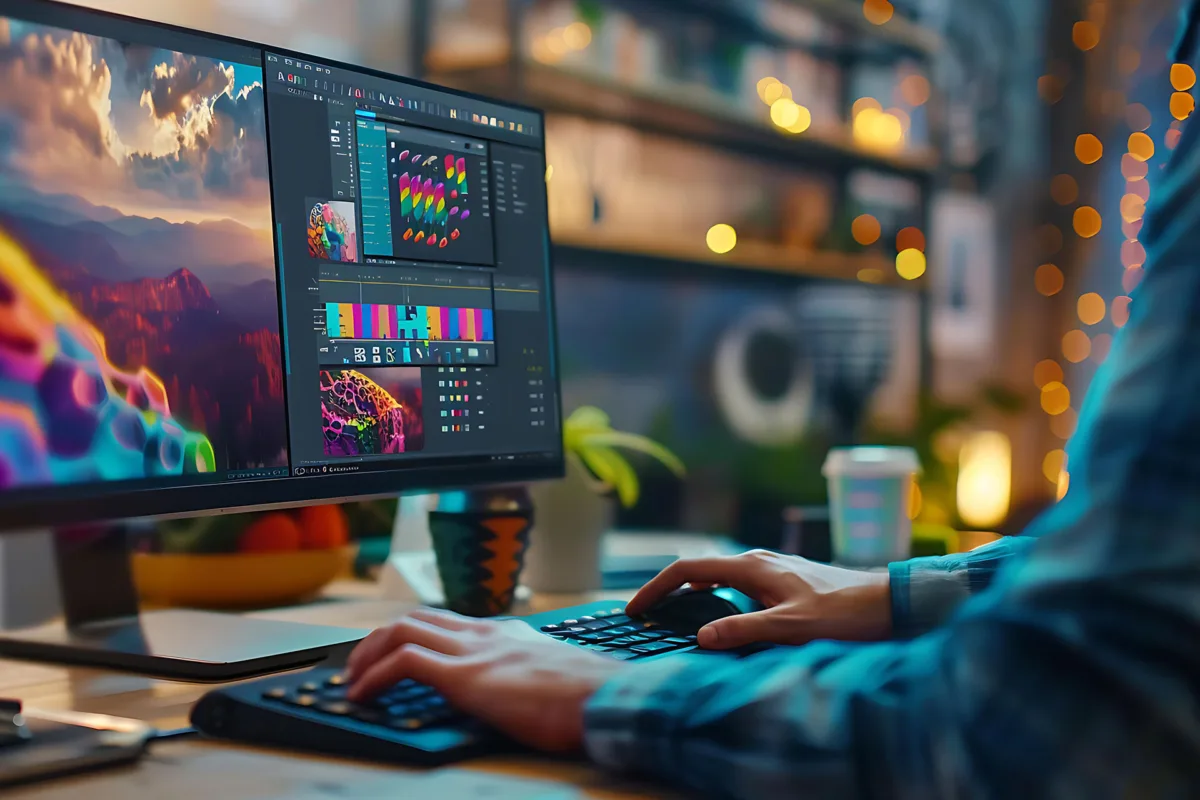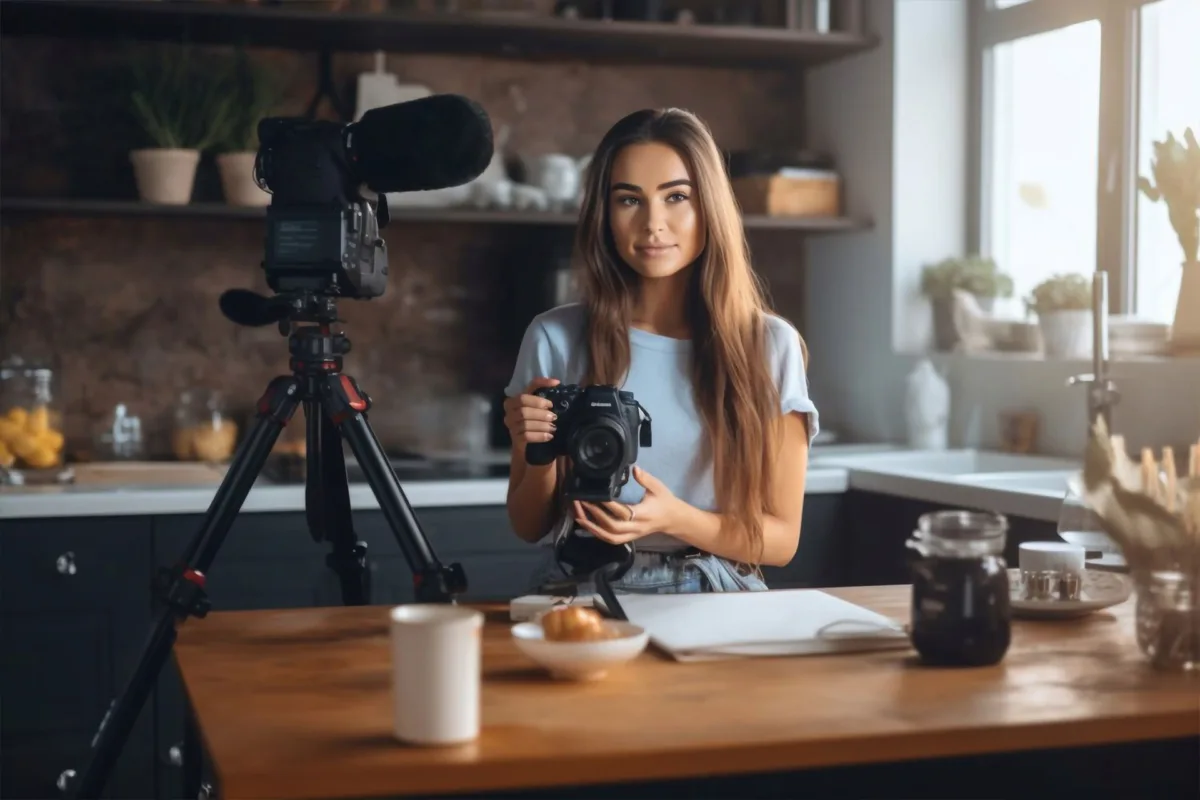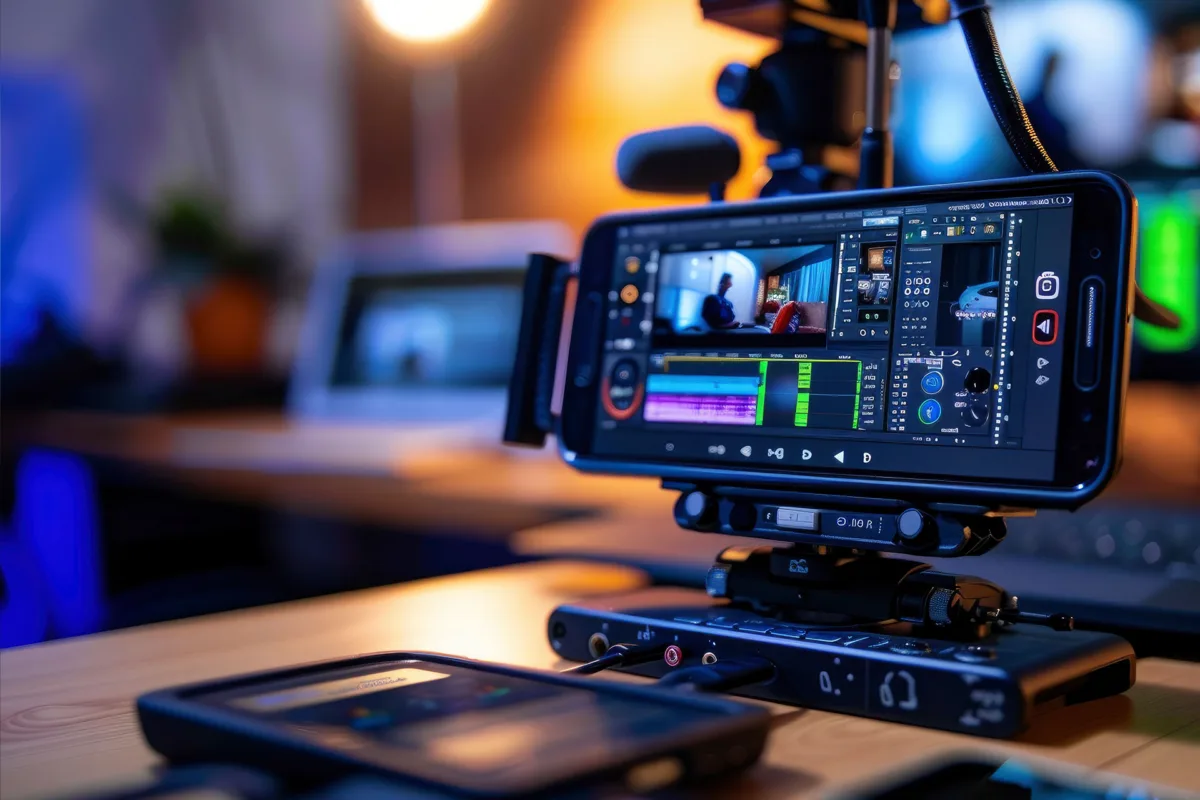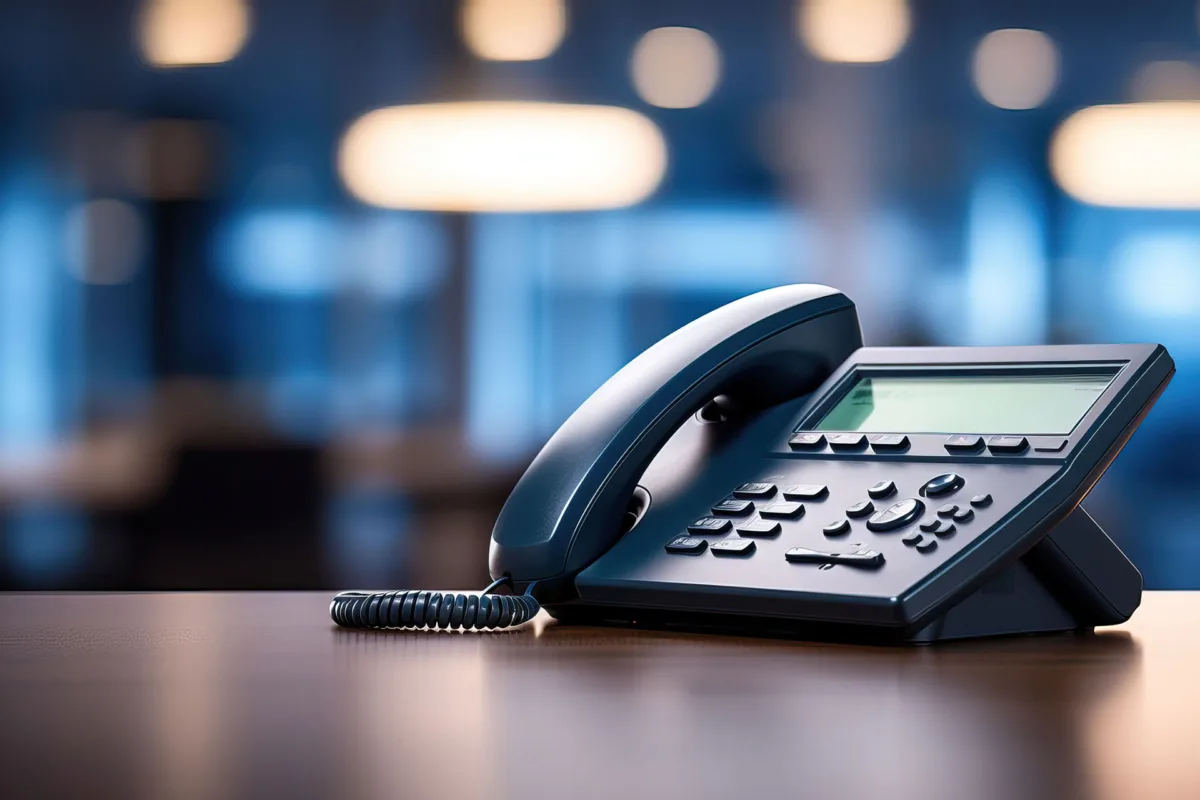How to Start a YouTube Channel in 2025: 10 Expert Tips.
Your Ultimate Guide to Starting a Thriving YouTube Channel
Starting a YouTube channel in 2025 is an exhilarating opportunity to share your passions, build an audience, and even create a stream of revenue. As YouTube continues to evolve, so do the strategies for standing out in an increasingly crowded space. If you’re thinking about launching a YouTube channel, you’re stepping into a dynamic and promising era! However, it’s important to plan wisely and implement best practices from the get-go.
In this guide, we’ll walk you through 10 expert tips to help you start a YouTube channel in 2025, grow your audience, and create engaging content that people love. Let’s dive in.
1. Choose a Niche That You Love and Can Sustain
When starting your YouTube channel, the first thing you should do is decide on a niche. Choosing a niche is crucial because it helps you focus on a particular audience and create content that resonates with them. But more than that, it’s important to select a niche that you’re passionate about and can sustain over the long term.
Ask yourself:
– What topics am I genuinely interested in?
– What knowledge or skills do I have that I can share?
– Can I continue to make content in this niche consistently for years?
Popular niches in 2025 include personal finance, technology reviews, lifestyle vlogging, gaming, fitness, and educational content. However, it’s better to start within a narrower niche to stand out in the early days of your channel.
2. Research the Competition and Find Your Unique Angle
Once you’ve chosen your niche, it’s time to look at the competition. YouTube is a saturated platform with millions of channels vying for viewers’ attention. To stand out, you need to identify your competitors and study what they do well.
Use YouTube search and tools like TubeBuddy or VidIQ to find popular channels in your niche. Analyze their most successful videos, thumbnails, titles, and descriptions. Then, ask yourself: **How can I offer something different?**
Whether it’s through your unique personality, a different approach to video production, or offering more in-depth content, find ways to differentiate yourself from what’s already out there.
3. Optimize Your Channel Name, Branding, and Description
Your channel’s branding is the first impression viewers will get when they come across your videos. Start by picking a channel name that’s catchy, easy to remember, and related to your niche. Avoid overly complex names or those with numbers, which can be hard to recall.
Next, create cohesive branding by designing a professional-looking channel banner and logo. Your channel art should visually represent your niche and be optimized for different devices (desktop, mobile, and TV). If design isn’t your forte, you can use tools like Canva or hire a freelancer on Fiverr.
Lastly, write a compelling channel description. This is your opportunity to tell new viewers what your channel is all about and why they should subscribe. Include relevant keywords for SEO purposes, but make sure it sounds natural and engaging.
4. Invest in Basic Equipment Without Breaking the Bank
You don’t need a huge budget to start a successful YouTube channel, but investing in a few key pieces of equipment can drastically improve your video quality. As of 2025, audiences expect high-definition videos with clear audio, so aim to meet these basic standards:
– Camera: Start with a DSLR or mirrorless camera, or even a high-quality smartphone if you’re on a budget. The iPhone 15 and Galaxy S25 have excellent cameras that rival many mid-range dedicated cameras.
– Microphone: Audio quality can make or break your videos. An affordable lavalier or shotgun microphone can drastically improve your sound quality.
– Lighting: Natural light is great, but if you’re filming indoors, a ring light or softbox will provide a professional look.
While you don’t need top-tier gear, investing in these basics can help you create content that looks professional and keeps viewers coming back. Remember, these are not extravagant investments, but practical tools that can significantly enhance your video quality.
5. Plan and Script Your Videos
Successful YouTubers rarely “wing it” when it comes to their content. Planning and scripting your videos is not just a good practice, it’s essential for staying organized and delivering a clear, engaging message. It’s the key to feeling prepared and in control of your content.
Start by brainstorming video ideas and outlining a content calendar. Your video ideas should be based on your niche and what your target audience is searching for. Use tools like Google Trends and YouTube’s search suggest to find trending topics and keywords.
Once you have your topic, script your video—or at least outline key talking points. This will help you stay on track during filming, reduce filler content, and make editing easier. A well-structured video keeps viewers engaged and encourages them to watch until the end, which is key for YouTube’s algorithm.
6. Create Eye-Catching Thumbnails and Titles
No matter how great your video is, if it doesn’t have an eye-catching thumbnail or a compelling title, it’s unlikely to get many views. Thumbnails and titles are what entice viewers to click on your video, so it’s crucial to get these right.
– Thumbnails: Use bold, high-contrast images, and keep text to a minimum. Faces perform particularly well because they create a personal connection with viewers. Tools like Canva and Photoshop are great for designing professional thumbnails.
– Titles: Aim for titles that are both descriptive and intriguing. Include your target keywords for SEO, but make sure the title is engaging enough to attract clicks. For example, instead of “How to Cook Pasta,” try “The Secret to Perfect Pasta Every Time.”
7. Engage with Your Audience Through Comments and Social Media
Building a community around your channel is one of the best ways to grow. YouTube’s algorithm rewards channels that foster high engagement, so respond to comments, ask questions, and encourage viewers to participate in the conversation.
In addition to engaging directly on YouTube, promote your videos and interact with your audience on social media platforms like Instagram, Twitter, and TikTok. For instance, you can share behind-the-scenes content, ask for feedback on upcoming videos, or run polls to involve your audience in your content creation process. Cross-promotion will help you reach a wider audience and drive traffic back to your YouTube channel.
8. Leverage YouTube Shorts and Live Streaming
In 2025, YouTube Shorts and live streaming remain powerful tools for growing your channel. Shorts, YouTube’s answer to TikTok, are short vertical videos that are perfect for quick, bite-sized content. Many creators have used Shorts to gain millions of views and thousands of new subscribers. Live streaming, on the other hand, allows you to interact with your audience in real-time, increasing engagement and building a stronger connection with your viewers. Both these features can help boost your channel’s visibility and growth.
Live streaming, on the other hand, allows you to connect with your audience in real-time. It’s a great way to answer questions, host Q&A sessions, or provide live tutorials. YouTube tends to prioritize live content, so incorporating these formats into your strategy can boost visibility.
9. Study YouTube Analytics and Adjust Your Strategy
One of the best tools at your disposal as a YouTuber is YouTube Analytics. This feature provides detailed data about your channel’s performance, including views, watch time, demographics, and audience retention.
Regularly check your analytics to understand which videos are performing well, where your traffic is coming from, and how long viewers are staying engaged. Use this data to refine your content strategy. For example, if you notice a particular topic is attracting more views, consider creating a series around it.
10. Stay Consistent and Be Patient
Growing a successful YouTube channel takes time, patience, and consistency. Many creators give up too soon because they don’t see instant results. To avoid this, set realistic goals and commit to uploading on a regular schedule.
Whether it’s once a week or bi-weekly, consistency helps build trust with your audience and encourages YouTube to promote your content. Don’t focus solely on numbers in the beginning—focus on improving your content and engaging with your viewers.
Wrapping It Up: Kickstart Your YouTube Journey in 2025!
Launching a YouTube channel in 2025 is like stepping onto a thrilling new stage where creativity meets opportunity! You’ll get to share your unique voice, connect with an audience, and maybe even build a business from scratch. By following these 10 expert tips—nailing down your niche, gearing up with basic equipment, crafting a content plan, optimizing for SEO, and keeping your audience engaged—you’re setting yourself up for success.
Remember, YouTube stardom isn’t an overnight miracle, but with dedication, clever strategies, and a true love for what you create, your channel will be ready to shine in 2025 and beyond. Happy filming!



